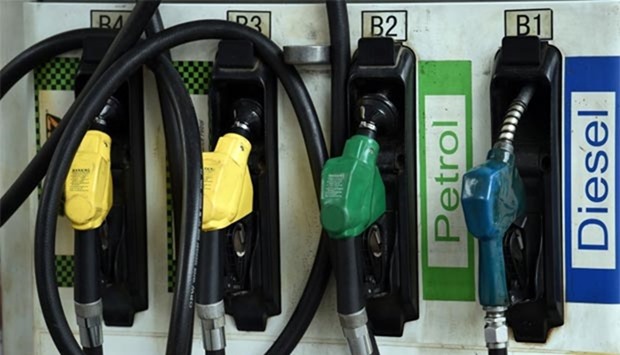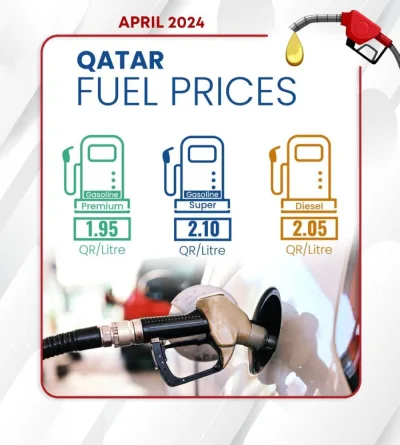* Opec, non-Opec producers agree broad production cut from 2017
* Saudi Aramco informs customers it will reduce from January - ANZ
* Saudis targeting US to cut excessive stocks, arbitrage - Energy Aspects
* Oil market to move into 0.8mn bpd deficit in 1st half of 2017
Oil prices shot to their highest levels since mid-2015 on Monday after Opec and other producers reached their first deal since 2001 to jointly reduce output in order to rein in oversupply and prop up markets.
Brent crude, the international benchmark for oil prices, soared to $57.89 per barrel in overnight trading between Sunday and Monday, the highest level since July 2015.
US West Texas Intermediate (WTI) crude also hit a July 2015 high of $54.51 a barrel.
Brent and WTI eased to $56.83 and $54.20 respectively by 0751 GMT, but were both still up over 4% from their last settlements.
With the deal signed after almost a year of arguing within the Organisation of the Petroleum Exporting Countries and mistrust in the willingness of non-Opec Russia to participate, focus is switching to compliance of the agreement.
"We believe that the observation of the Opec-11 and non-Opec 11 production cuts is required to sustainably support... oil prices to our 1H17 WTI price forecast of $55 a barrel," Goldman Sachs said.
"This forecast reflects an effective 1.0mn barrels per day cut vs. the 1.6mn bpd announced cut and greater compliance to the announced cuts is therefore an upside risk to our forecasts."
Goldman Sachs forecast full compliance would be worth an extra $6 per barrel to its price forecast.
AB Bernstein said the agreed deal "amounts to an aggregate supply cut of 1.76mn barrels per day (bpd) from 24 countries which currently produce 52.6mn bpd, or 54% of world oil supply."
Bernstein said that "some of the non-Opec supply cuts will come from natural decline, but most will come from self-imposed cuts."
Saudi Aramco has told US and European customers it will reduce oil deliveries from January.
"The kingdom is targeting excess inventories, the lion's share of which sit in the United States," said Virendra Chauhan, oil analyst at Energy Aspects in Singapore. "Lower Saudi exports to the US could also make the export arbitrage uneconomic."
Opec plans to slash output by 1.2mn bpd from January 1, with top exporter Saudi Arabia cutting around 486,000 bpd in a bid to end overproduction that has dogged markets for two years.
On Saturday, producers from outside Opec agreed to reduce output by 558,000 bpd, short of the target of 600,000 bpd but still the largest contribution by non-Opec ever.
"Non-Opec participation should add to bullish sentiment," Morgan Stanley said.
From outside Opec, Russia said it would gradually cut 300,000 bpd.
"Once cuts are implemented at the start of 2017, oil markets will shift from surplus into deficit. Given the cuts in production announced by Opec, we expect that markets will move into a 0.8mn bpd deficit in 1H17," AB Bernstein said.
But some analysts expect producers, drawn by higher oil prices, to increase output again.
"There are too many moving parts for Opec's new policy to be sustainable in the long term. The strategy is bound to overshoot, in our view. leading to lower prices in the second half of next year," Barclays said in a note on Monday.
It forecast prices would fall from around $60 a barrel in the second quarter to about $52 in the fourth quarter next year.

Brent crude has soared to $57.89 per barrel in overnight trading.


